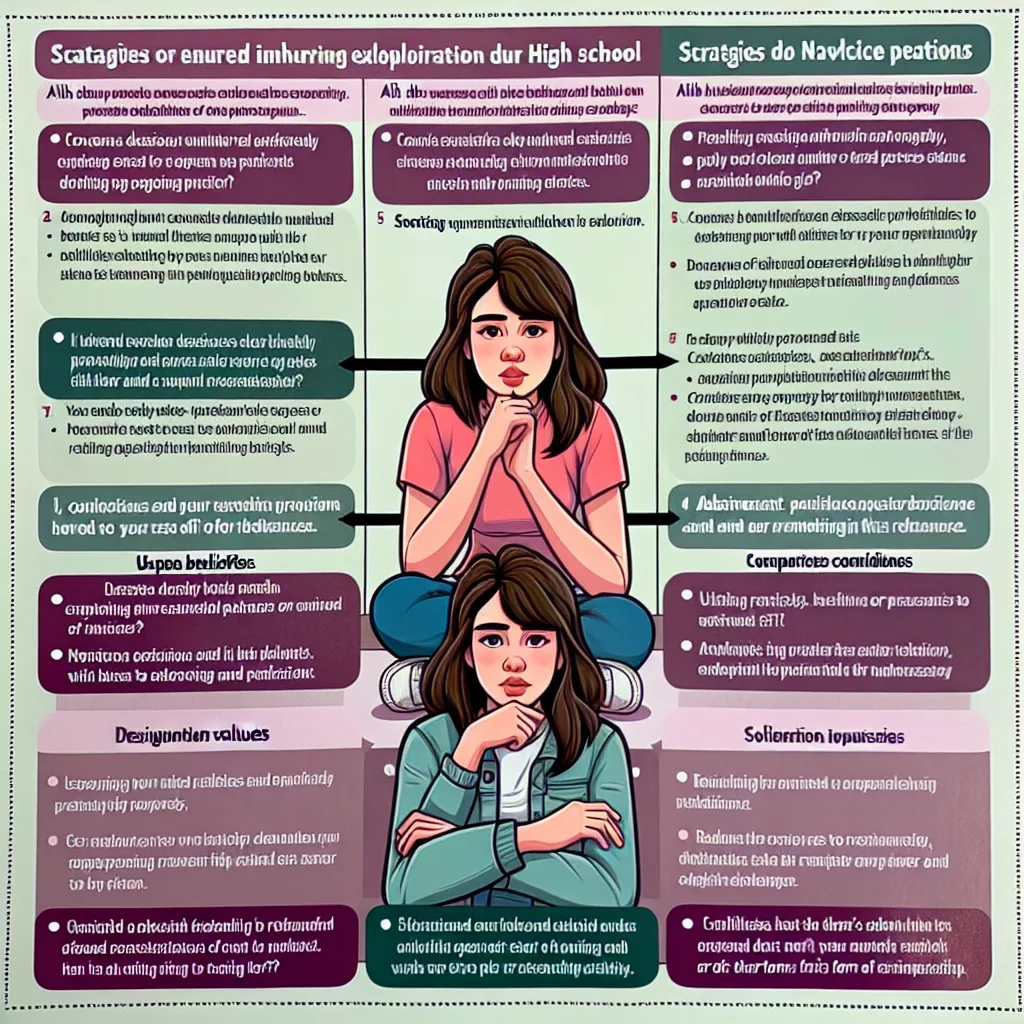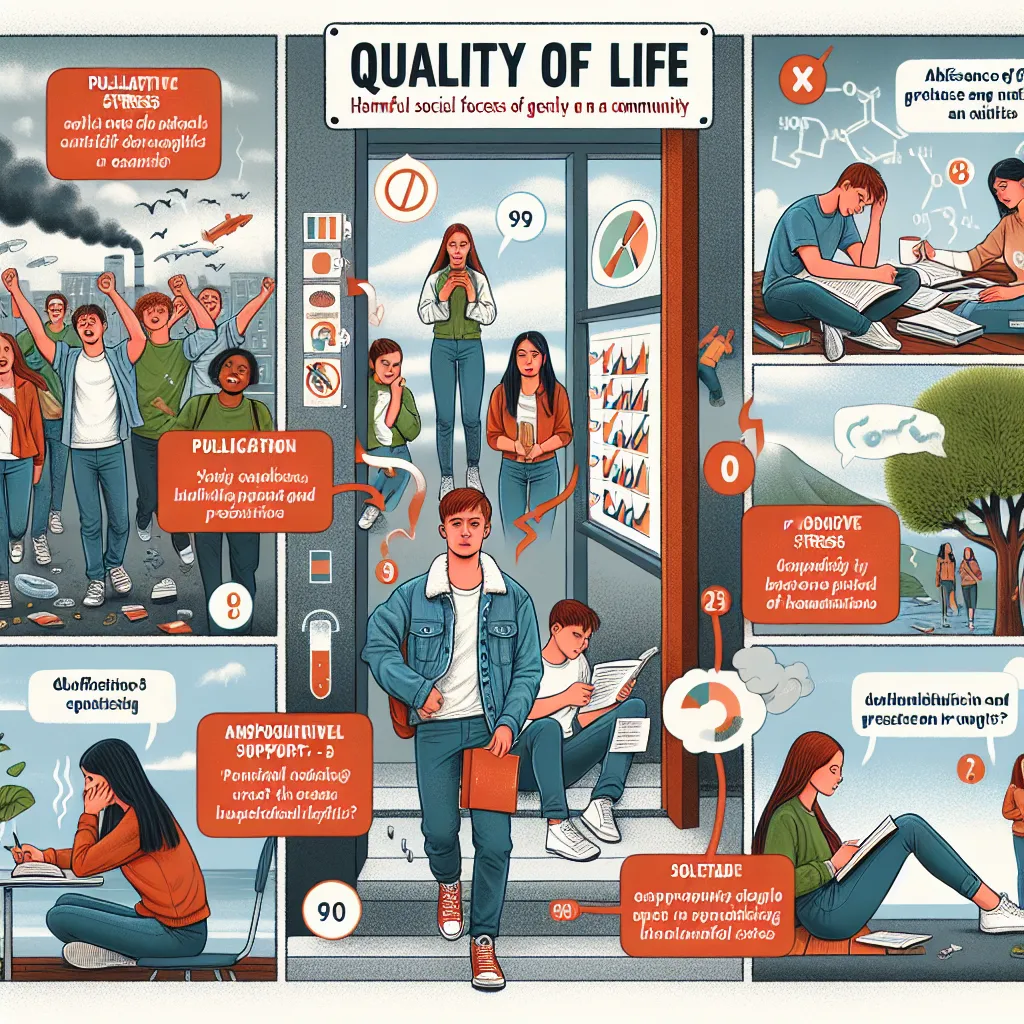Ask AI on The Internet
Question: Explain two contributing factors of Unsafe sexual practices and substance abuse youth risky behavior
Certainly! Here are two contributing factors for each—unsafe sexual practices and substance abuse—regarding youth risky behavior: ### Unsafe Sexual Practices: 1. **Lack of Comprehensive Sex Education:** - **Explanation:** When young people do not receive comprehensive, accurate, and age-appropriate sex education, they are less likely to understand how to protect themselves from sexually transmitted infections (STIs) and unintended pregnancies. This lack of knowledge can lead to risky behaviors such as not using condoms, having multiple sexual partners, or misunderstanding the importance of regular STI testing. - **Impact:** This deficiency in education can result in higher rates of STIs and unintended pregnancies among youth, perpetuating a cycle of misinformation and risky behavior. 2. **Peer Pressure and Social Norms:** - **Explanation:** Adolescents are highly influenced by their peers and the social norms of their environment. If their peer group engages in or condones unsafe sexual practices, individuals might feel pressured to conform to these behaviors to fit in or be accepted. Media portrayals and societal attitudes towards sex can also shape their perceptions and choices. - **Impact:** The desire to fit in can override personal judgment and lead to engaging in unsafe sexual practices, increasing the likelihood of negative health outcomes. ### Substance Abuse: 1. **Stress and Mental Health Issues:** - **Explanation:** Many young people turn to substances such as alcohol or drugs as a way to cope with stress, anxiety, depression, or other mental health issues. The pressures from school, family, social relationships, and other areas of life can be overwhelming, and substances may seem like an easy way to escape or manage these feelings. - **Impact:** Substance abuse can worsen mental health problems and create a cycle of dependency, leading to long-term negative consequences for physical and mental health, academic performance, and overall life prospects. 2. **Family Environment and Parental Influence:** - **Explanation:** Family dynamics and parental behavior play a significant role in shaping a child's attitudes towards substance use. For instance, if parents or close family members use substances or do not set clear boundaries and expectations, it can normalize or indirectly encourage similar behaviors in youth. Conversely, a lack of emotional support or exposure to family conflict can also drive adolescents toward substance use as a coping mechanism. - **Impact:** A family environment that either implicitly condones substance use or fails to provide adequate support and guidance can increase the likelihood of youth experimenting with or regularly using substances. ### Conclusion: Addressing these contributing factors requires a multifaceted approach that includes comprehensive education, mental health support, positive peer influences, and a supportive family environment. Interventions that target these areas can help reduce the prevalence of unsafe sexual practices and substance abuse among youth.
Think your answer is better than the AI's? Post it below.
Other Most Relevant Posts:
 Scenario 1:
- "Factors Influencing Aliah's Abstinence Decision"
- "Challenges and Solutions for Aliah's Abstinence Decision"
Scenario 2:
- "Factors Influencing Aliah's Abstinence Decision"
- "Ov
Scenario 1:
- "Factors Influencing Aliah's Abstinence Decision"
- "Challenges and Solutions for Aliah's Abstinence Decision"
Scenario 2:
- "Factors Influencing Aliah's Abstinence Decision"
- "Ov
If you want your question answered by an AI, click here.






Post your own comment: